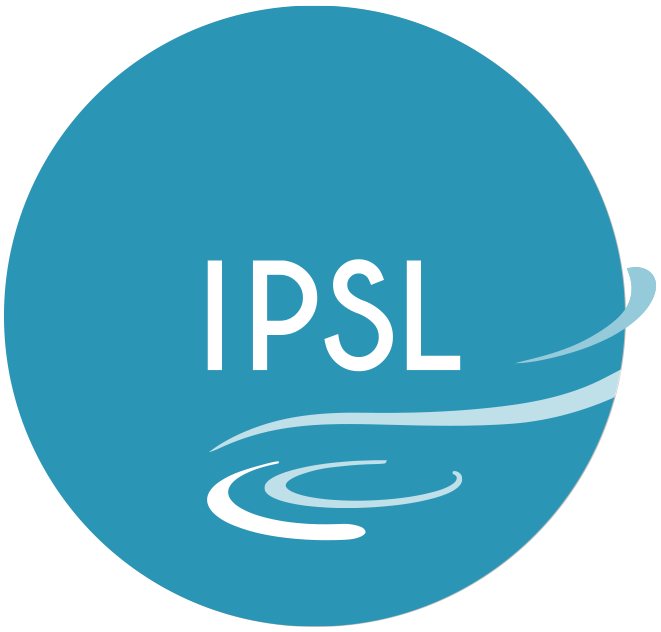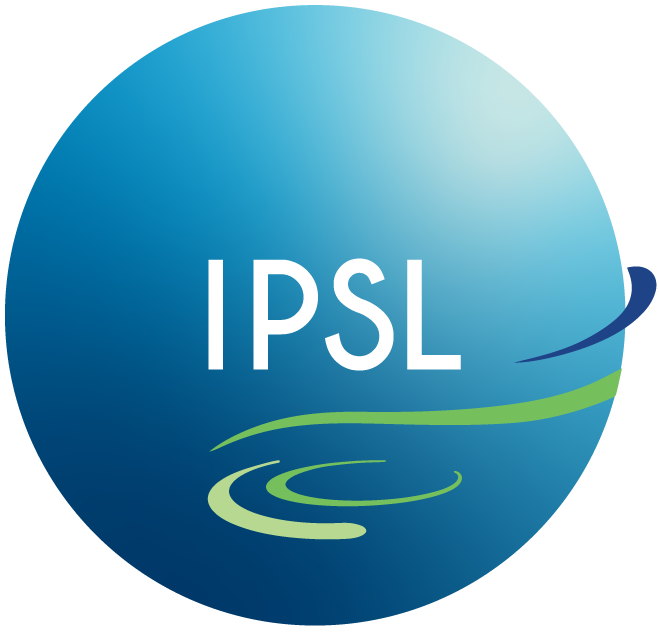The IPSL “Satellite Earth Observation group”
The IPSL “Satellite Earth Observation Group” has been set up to improve the visibility of satellite Earth observation activities carried out by IPSL and its partners
(space agencies, other research laboratories). Today, more than 15 IPSL scientists are
are “principal or co-investigator” of major Earth observation space missions (underway or planned).
The IPSL space group is involved in a wide range of scientific fields, such as
- the water cycle (humidity, clouds, precipitation, dynamics, aerosols, etc.)
- surface properties of the oceans (wind, waves, salinity, currents, exchanges with the atmosphere, temperature, sea ice, …),
- continental surface properties (temperature, vegetation, surface properties (temperature, vegetation, humidity, roughness, etc.),
- greenhouse gas monitoring, and the measurement of reactive gases for air quality and air monitoring.
Activities include instrument research and development, prototyping, calibration, algorithm development and scientific ground segments, instrument simulators and scientific analyses.
Main agencies are
- CNES (Centre National des Etudes Spatiales) www.cnes.fr
- ESA (European Space Agency) www.esa.int
- EUMETSAT (European Organisation for the Exploitation of Meteorological Satellites) https://www.eumetsat.int/
- ECMWF (European Centre for Medium-Range Weather Forecasts) www.ecmwf.int
- Copernicus (Earth Observation component of the European Union’s space programme : ESA, EUMETSAT, ECMWF, EU agencies and Mercator Ocean) https://www.copernicus.eu/en
=> to subscribe to the list : groupe_spatial@listes.ipsl.fr


